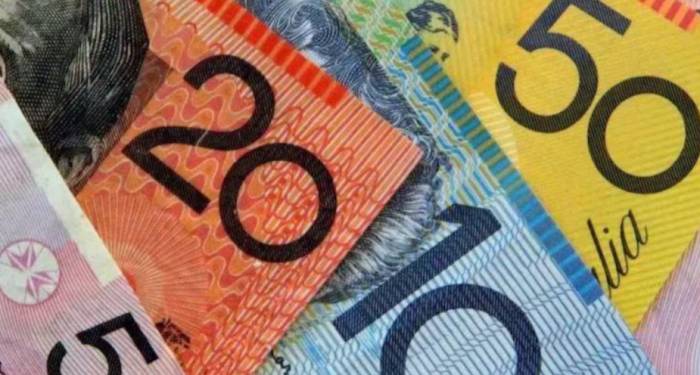Introduction:
Inflationary pressures are easing, and the outlook for fighting inflation is optimistic;
The economy is showing signs of weakness, and interest rate hikes may have reached their peak.
Main Text:
The latest Australian economic data indicate that the Australian economy is entering a new cycle of adjustment.
Against this backdrop, it is highly likely that the Reserve Bank of Australia (RBA) will not raise interest rates again after September.
Inflationary pressures are easing, and the outlook for fighting inflation is optimistic.
Combining several important economic data released this week, it can be observed that Australia's inflationary pressures are rapidly declining. The Australian CPI for July, announced today, rose by 4.9% year-on-year, significantly lower than the market expectation of 5.20%.
Compared to the 5.4% seen in June, there is also a considerable decrease.
Previously, the RBA predicted that Australian inflation by the end of this year might be around 4%. If the current downward trend continues, the inflation rate at the end of the year may even be less than 4%.Upon further analysis, compared to June, the CPI in July saw an increase in the inflation rate for only two or three types of goods. The inflation of other prices has significantly decreased, with the largest drop being in oil prices. It is not difficult to observe that almost all categories of goods have fallen. The few increases are related to housing prices, such as the prices of utilities like water, electricity, and gas, which experienced a one-time surge in July this year. Moreover, the seasonal fluctuations in the prices of certain foods are inherently high, hence the increase in the prices of some food items remains substantial. However, based on the most recent data and future projections, the prices of these types of goods should not continue to rise. Therefore, we remain optimistic about the future outlook of inflation in Australia.
Advertisement
The economy is currently weak, and interest rate hikes may have reached their peak. Amidst the significant decline in CPI, it is even more encouraging that Australia's core inflation has also experienced a severe drop, with a decrease ranging from 0.3% to 0.4%. Alongside the decline in CPI, the recently released Australian retail data indicates that domestic consumption is currently sluggish. It has fallen month by month over the past 12 months, with a monthly increase of 0.5%, but the annual growth is only about 2%.
Upon closer examination of the categories, the retail growth in Australia in July was mainly driven by takeaways, coffee shops, and hotels. As summarized by the Australian Bureau of Statistics and some economists, due to the recent Women's World Cup, Australia achieved outstanding results, which to some extent provided a one-time boost to this type of consumption.Although the Women's World Cup has come to an end, everyone still needs to return to real life. High prices and substantial mortgage interest rates will continue to affect the purchasing power of all Australian residents. In the retail market, the consumption expenditure of Australian residents in home decoration and white goods remains weak. This figure is very important as it can reflect the overall consumption capacity of Australia. If the figure is low, it indicates that people's willingness to consume is relatively poor.
The poor performance of CPI and retail data also reflects the current sluggish state of the Australian economy. The latest data released by financial analysis company S&P Global shows that the Judo Bank Flash Australia Composite PMI in August was 47.1, lower than the 48.2 in July, marking a 19-month low. This is the second consecutive month that the index has been below the 50-point threshold, indicating that the Australian private economy shrank at an accelerated pace in August.
S&P Global believes that, given the current economic situation in Australia, economic growth will continue to slow down during this winter. Therefore, the current economic fundamentals in Australia are: CPI is declining, consumption is starting to weaken, and the economy is shrinking at an accelerated rate. Under these circumstances, we believe that the possibility of the Reserve Bank of Australia (RBA) raising interest rates next week is virtually zero. Moreover, as long as the overall downward trend remains unchanged, the possibility of the central bank raising interest rates in the future is also very small.
In response to this, the market has also shown a more positive reaction. On the one hand, the Australian dollar has experienced a small decline again, mainly due to the high expectations in the currency and foreign exchange markets for the end of Australia's interest rate hikes; on the other hand, lower inflation has boosted the stock market, so the reaction in the Australian stock market has been more intense.
From the current signs, it is highly likely that the RBA will not raise interest rates again next week.
